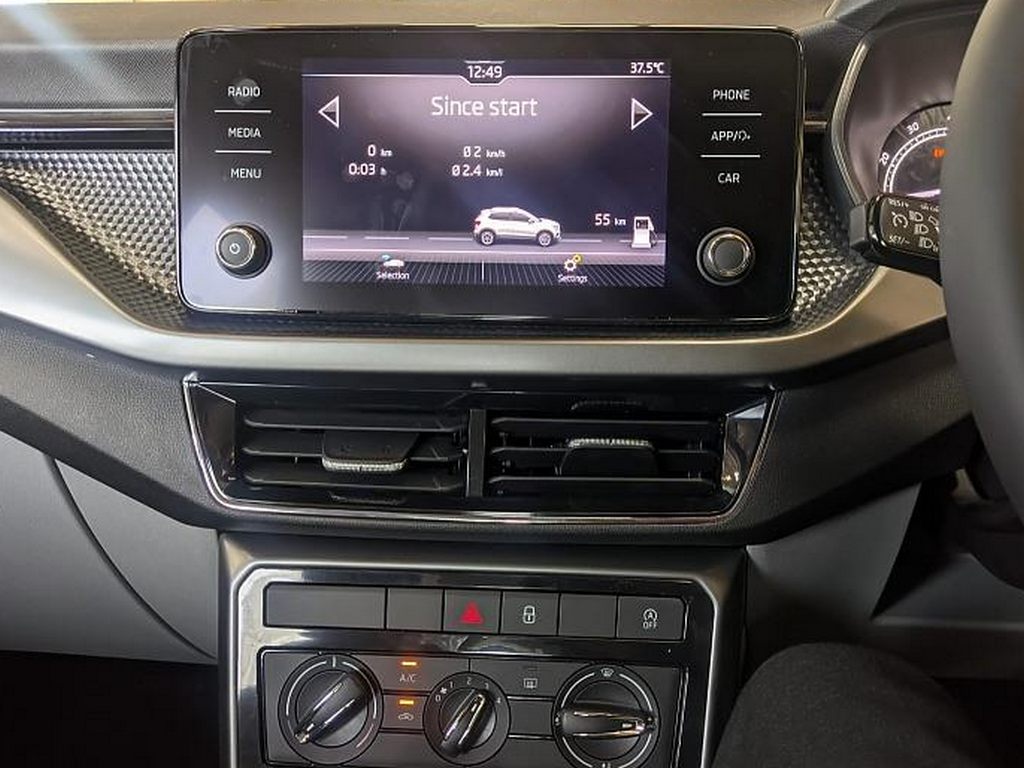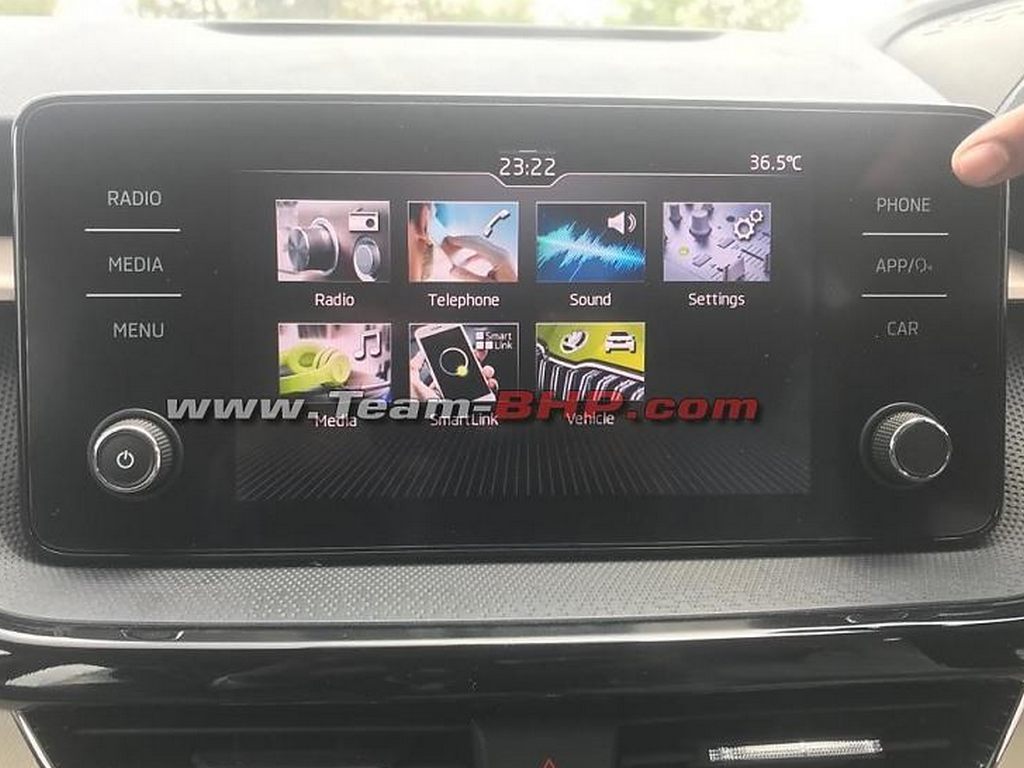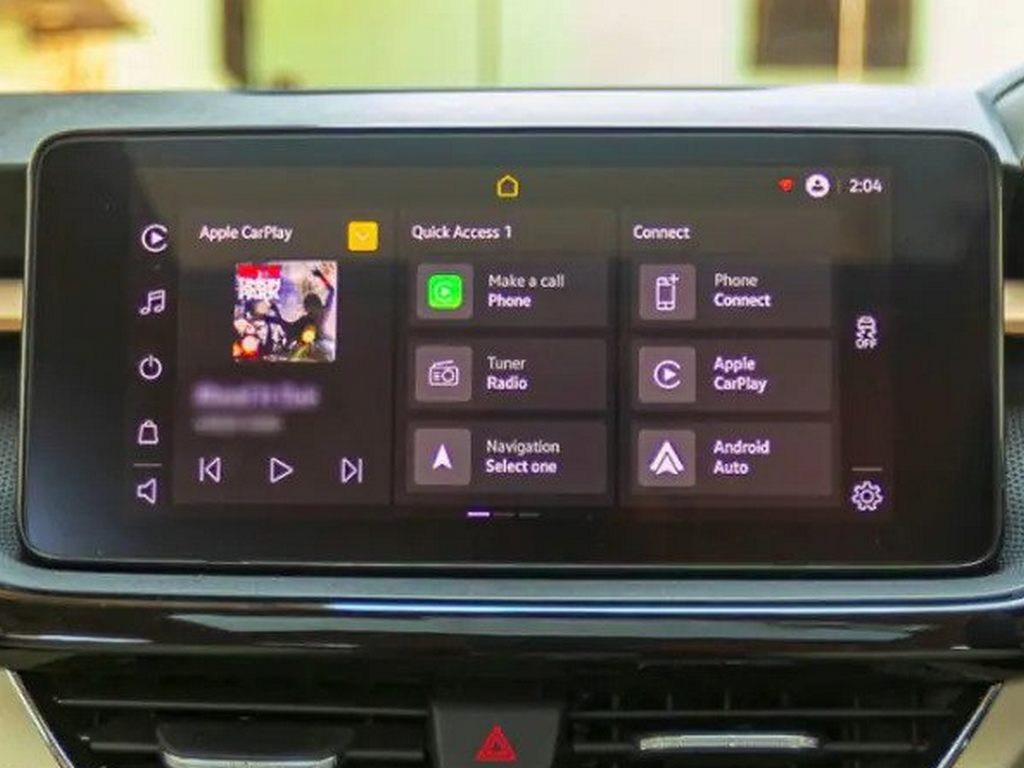
Skoda Slavia and Kushaq with the downgraded 8-inch Panasonic system arrive, the company blames chip shortage
Recently, Skoda conveyed that its Slavia and Kushaq will feature an aftermarket 8-inch Panasonic touchscreen infotainment system in place of the regular 10-inch unit they had at the start. Now, the cars with the said system have started arriving at the dealerships.
The new Panasonic system is a big downgrade from the regular unit. It’s not only smaller in size but also lacks wireless Apple CarPlay and Android Auto. Heck, it’s not even a full touchscreen unit but has 2 dials and tactile buttons.
The Czech maker has deleted the much-needed amplifier and sub-woofer as well. But, thankfully, the users who tested the new system informed that there’s not a big downgrade in sound quality except for the lack of bass.

The Panasonic infotainment system also misses out on inbuilt navigation. While it has the visual bulk of the older system, the tiny screen robs away the feel-good factor of both the C-segment cars which are no cheap by any means.
In spite of this downgrade, the Slavia recently got a price hike up to Rs 60,000/- across its variants. It now starts at Rs. 10.99 lakhs for the base Active 1.0 TSI MT and goes up to Rs. 18.39 lakhs for the top-end Style 1.5 TSI AT (all prices, ex-showroom).
The Slavia’s prices are now close to that of the Kushaq which also saw a price hike up to Rs. 70,000/- last month. The top-end Style 1.5 TSI AT’s price is even close to that of the Honda City e:HEV, the pure hybrid sedan with much more sophisticated hardware and battery pack.

This isn’t the first time Skoda is abruptly deleting features. Earlier this year, the brand silently removed the auto-fold feature of the ORVMs of its Kushaq mid Ambition and, then top-end, Style variants.
The company has repeatedly cited global semiconductor shortage as the reason for these feature deletions and downgrades and added that it wanted to focus on faster deliveries than wait for the electronics to arrive amid the demand.




